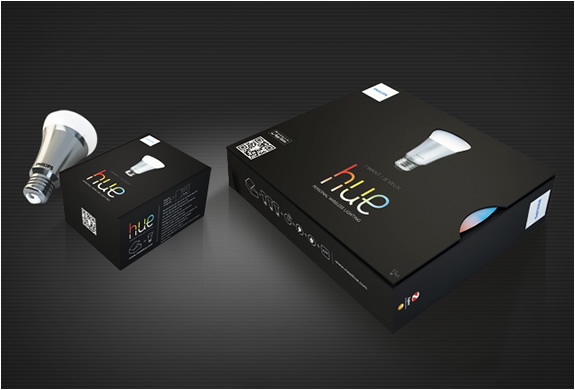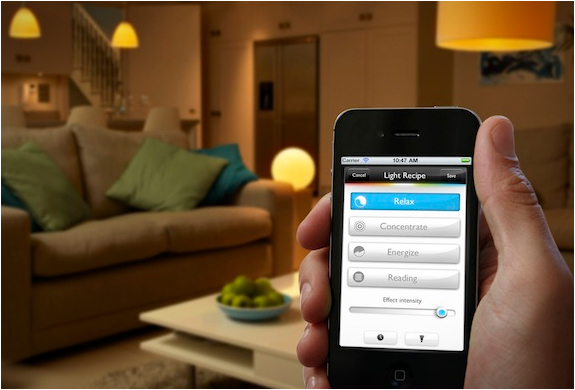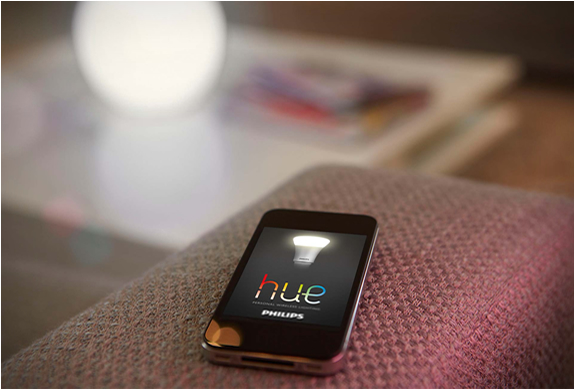 There are mobile apps for every industry, including the housing sector. Here are several examples for tech-savvy households who are looking for additional tools at various stages of the homeownership journey.
There are mobile apps for every industry, including the housing sector. Here are several examples for tech-savvy households who are looking for additional tools at various stages of the homeownership journey.
For market snapshots & home search, the John L Scott Mobile App 2.0 is stellar. I’d be happy to help you with how to get the most out of it.
For the Pre-move: Photo Measures Lite by Big Blue Pixel, developed for iOS, takes your recorded measurements of the property’s spaces and pastes the data onto your pictures. A similar app for the Android is My Measures and Dimensions Lite by Mobile Software.
In the moving stage: Take the guesswork out of navigating the sea of boxes in your new home with Moving Van by Glimmer Design Limited. The application, available for iOS, allows the user to take a picture of the contents of each box, assign the box to a specific room of the house, and then look up each item after the move.
Once you’ve become the permanent resident owner of the house — Use Home Maintenance by POJO Software to schedule regular home maintenance tasks. Get reminders and track the date and costs of purchases and repairs.
Getting ready to transform a room — Use Mark On Call, developed by Apple for iOS, to plan and design a space from start to finish. Take pictures of individual pieces like furniture and accessories and then place them in a virtual design to preview the possibilities.
Need inspiration — Try HGTV Shelf, an application that places photos, tips, and DIY projects for the home and garden at your fingertips.








![A History of Social Media [Infographic] image of copyblogger infographic thumbnail](http://netdna.copyblogger.com/images/history_of_social_media_thumb.jpg)




